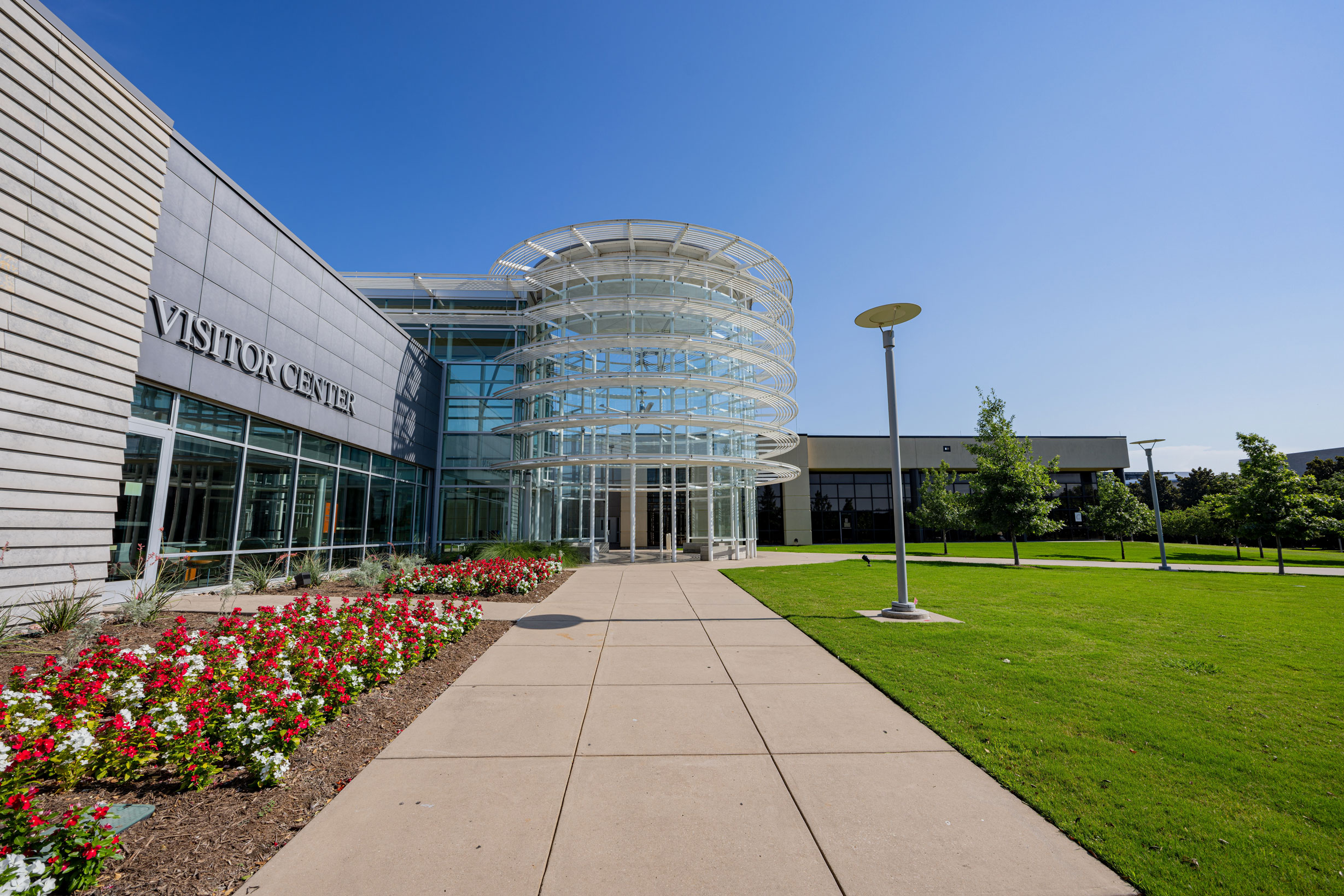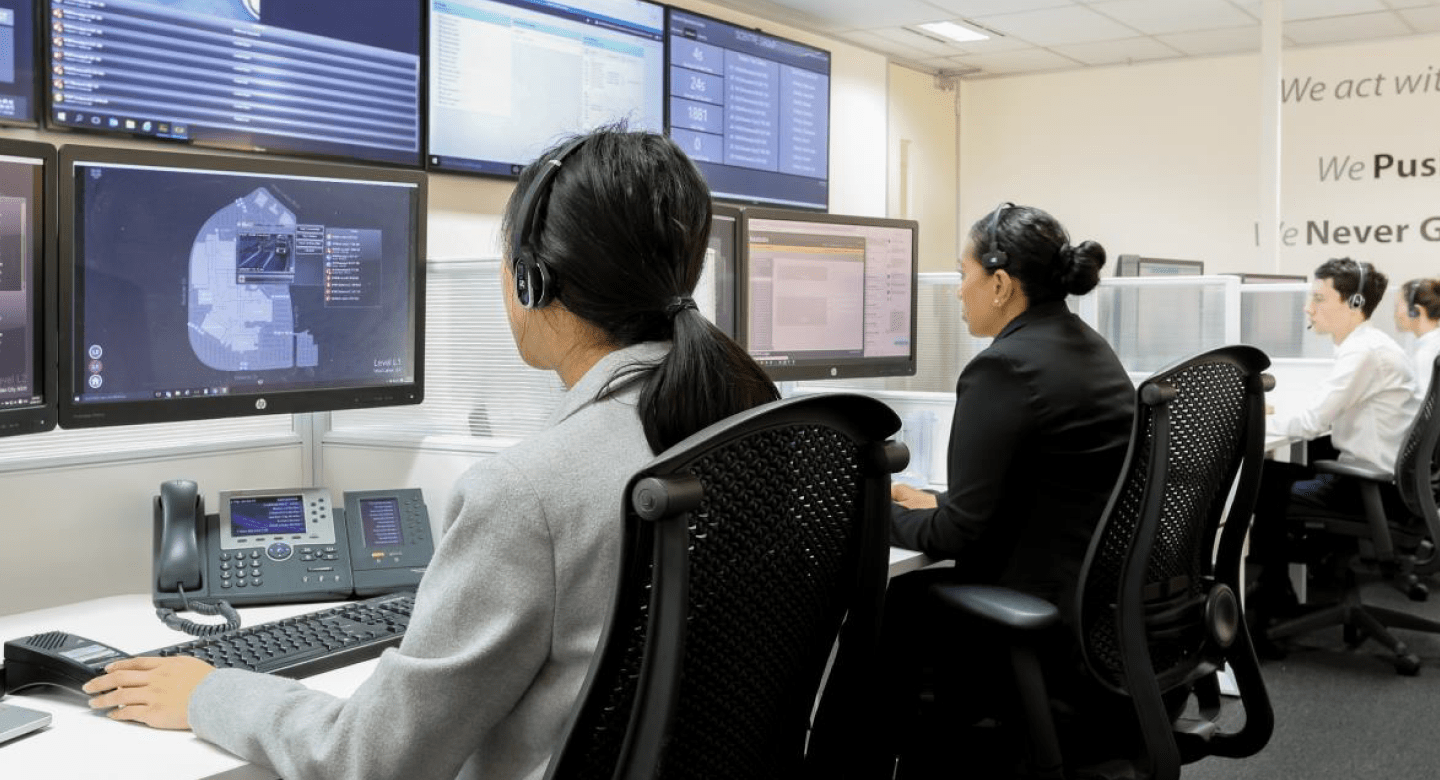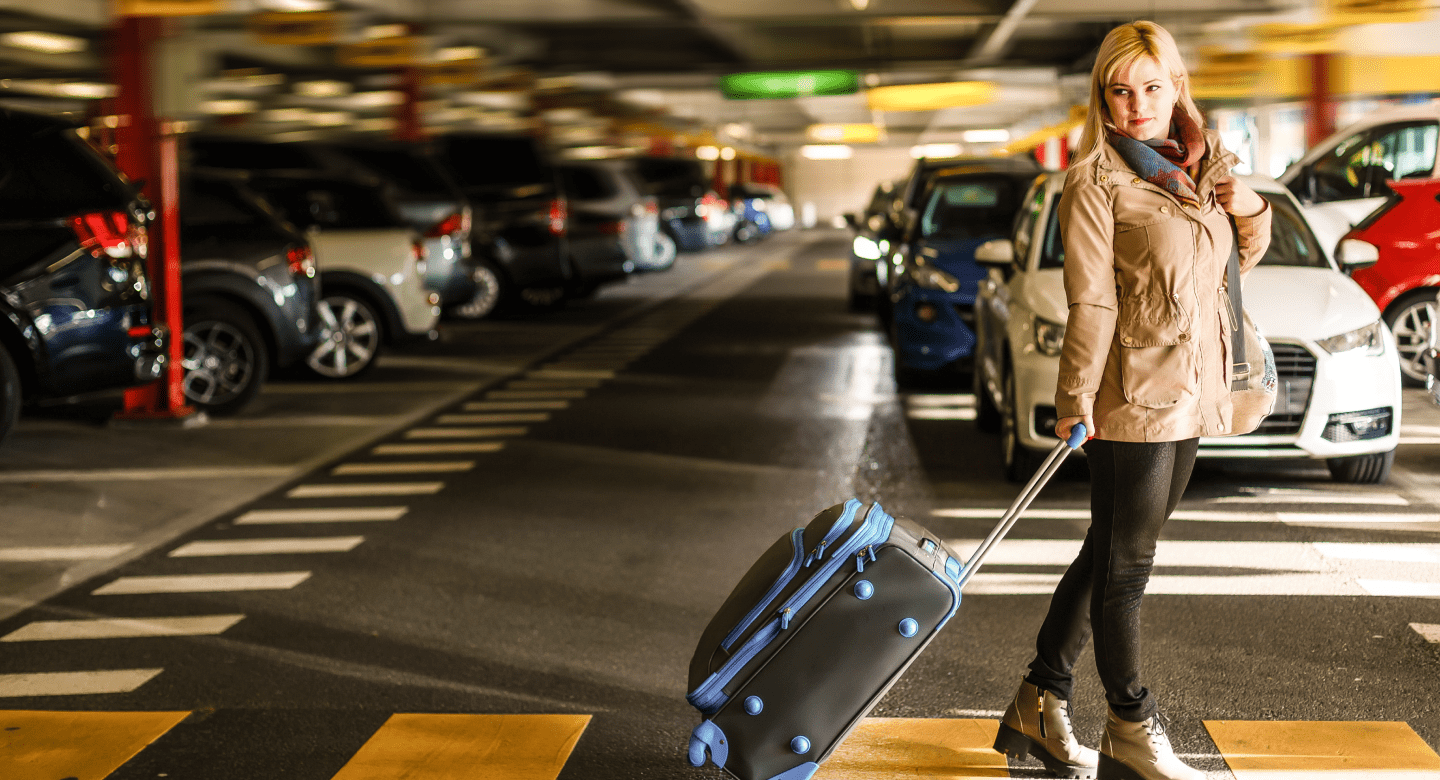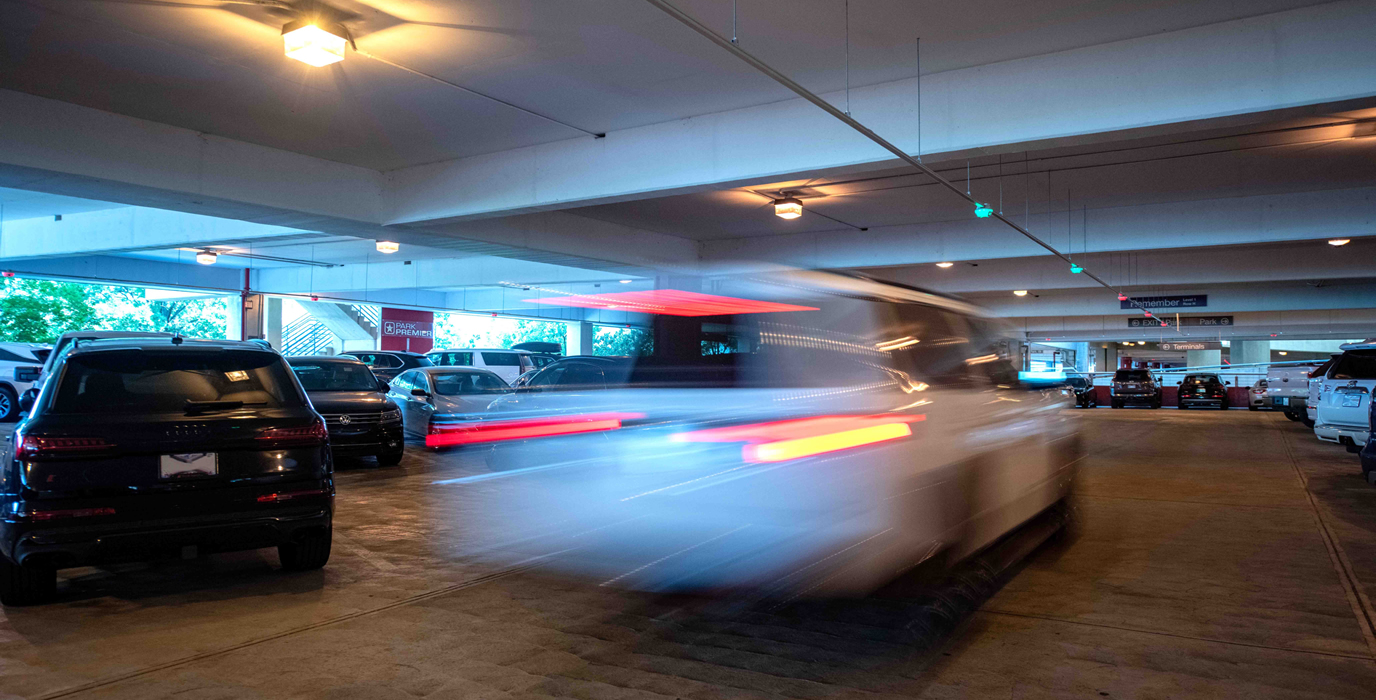UT Dallas
Customer StoriesDuring the planning stages for a new set of 3 parking garages, which added over 2,700 new spaces, the university elected to explore advanced technological parking garage options to create an easier, more enjoyable and more efficient parking experience – for students, faculty, staff and guests alike.
The Challenge
- Augmenting the functionality of traditional signage for a better way to regulate and streamline parking across its campus.
- Inefficient usage of overall parking capacity.
- Making it easier for parkers to take advantage of the university’s strategic multilevel color-coded system, and to find appropriate parking spaces.
- Further enhancing the perceived value of parking permits in a tangible/visual way, to increase adoption of permits.
- The ability to gather actionable data for usage trends analysis, better management of parking assets, and forecasting of future needs.
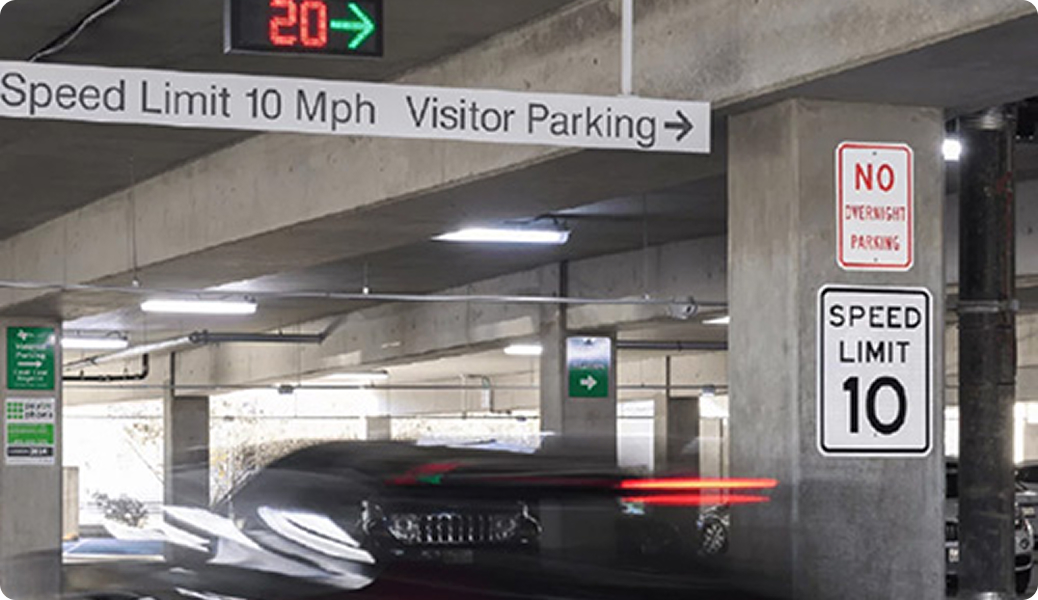
The Outcome
- An enhanced experience with reduced time-to-park thanks to the APGS’s color-coded M4 sensor LEDs that now signal parkers clearly and quickly to the bays they’re permitted to occupy.
- Increased permit usage – By improving the parking process and making it easier for people to find available spots in their designated areas, the perceived value of having a parking permit has increased.
- The ability to flex and forecast parking garage needs – Leveraging the data-driven analytics of the core M4 system – for example, usage trends according to time of day, day of the week, location, etc. UT Dallas operators are now able to fine-tune the number of bays assigned to various user groups and areas to maximize efficiency.
- Adding to the UT Dallas sustainability story – By reducing time-to-park, the M4 system has reduced overall carbon emissions on campus. This ties into the University’s wider sustainable transportation initiative.

“The ability to change parking spotlight colors to match our parking permit needs was very important to us.”
Download PDF
